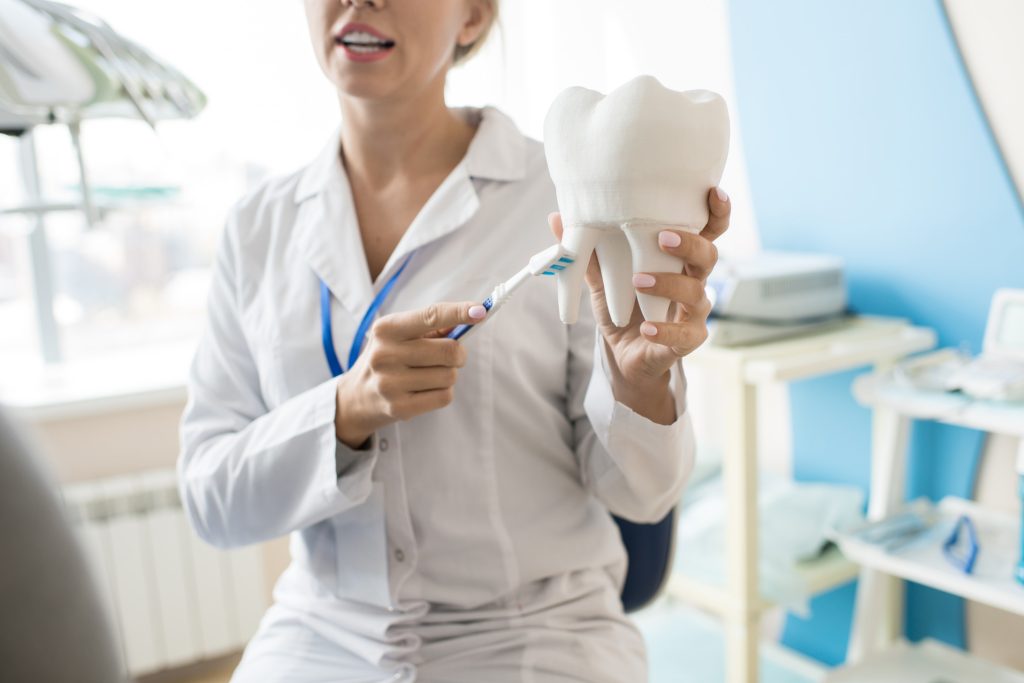A few years ago, people with dental problems feared visiting dental offices due to the seemingly scary tools and technologies used by dentists. However, dental technologies have improved over the years to ensure patients are comfortable and improve the outcome of various dental procedures. Patients who still fear dental offices should learn about the latest dental technologies and innovations to improve their dental health. This piece will highlight the latest developments in modern dentistry used to prevent, diagnose, and treat dental problems.

Digital X-Rays
Digital X-ray machines are accurate and easy to use, increasing the chances of timely, accurate, and effective treatment. Unlike conventional X-rays, digital technology allows dentists to examine the teeth and jaws quickly and effectively. Besides, digital X-ray is associated with reduced radiation, making it safer for the patient and the dentist than the conventional counterparts. The digital X-ray machine offers better resolution and clarity during complex dental procedures, such as implant installation, where precision is required, improving diagnosis and treatment. That is why the leading dental offices keep up with the latest in digital technology to guarantee the highest quality of dental care.
Laser Dentistry
Dentists can use laser technology to successfully conduct a broad range of procedures. For example, it is used during teeth whitening, decay removal, gum reshaping, and cavity treatment. Laser beams allow the dentist to treat only the affected parts of the mouth, without affecting the surrounding area. This minimizes exposure, pain, discomfort, or bleeding. Laser technology also reduces the need for stitches and anesthesia since it improves the healing process and outcomes.
Intraoral Scanners
Intraoral cameras have been gaining popularity due to their effectiveness, comfort, and convenience. Despite being small and lightweight, they provide high-quality images, even in intricate parts of the patient’s mouth, to help with diagnosis and treatment. Since the images are displayed on a monitor, both the patient and dentist can understand the dental problem better and discuss the appropriate treatment option.
Besides allowing comprehensive dental examination, intraoral scanners can provide useful images that can serve as education tools. The images enhance patients’ understanding of their problems since they can see their gums and teeth. This enhances the relationship between the patient and the dentist. Besides, intraoral scanners help dentists identify dental issues during the early stages, resulting in timely intervention and effective treatment.
Computer-Aided Design Technology
Lost and damaged teeth may require repairs or replacements. Dentists today use computer-aided technology to design dental implants, crowns, dentures, and bridges. The technology uses 3D scanners and computer software to customize the artificial teeth to match the design, color, and shape of the real teeth. The 3D design from the software is sent to the restorative teeth milling machine, which cuts a similar design from a ceramic block or other materials. This technology reduces the time required to design teeth replacements, reducing the need to book regular dental appointments. It also reduces the wastage of the materials used to design artificial teeth, translating to reduced dental treatment costs and improved outcomes.
Teledentistry
Traditionally, patients had to visit dentists for face-to-face interaction. However, teledentistry is one of the latest developments that allow dentists to examine patients remotely using computer-based communication tools. Although actual teeth cleaning or filling of cavities still requires a face-to-face appointment, tele dentistry has enhanced dental treatment and follow-up. The technology helps save time and travel costs for the patient, while the dentist serves more clients remotely and makes more money.
Artificial Intelligence
How can dentists use artificial intelligence to enhance the diagnosis and treatment of dental problems? They can use AI to gather insights into a dental problem and make informed treatment decisions. AI systems can analyze data from different sources, such as research findings and treatment decisions from other dentists, to generate accurate diagnostic or treatment recommendations. The technology can also provide insight into the risk factors leading to oral health issues and recommend viable preventive measures. AI-based systems can help with appointment bookings and respond to common questions from patients, allowing dentists to focus on serving the patients.
Dental technologies have improved over the last few decades, enhancing diagnosis and treatment. Therefore, patients can now enjoy quick, painless, and efficient dental treatment procedures aided by modern-day technologies. Similarly, dentists can serve more patients, ensure customer satisfaction, and enjoy treating patients.

